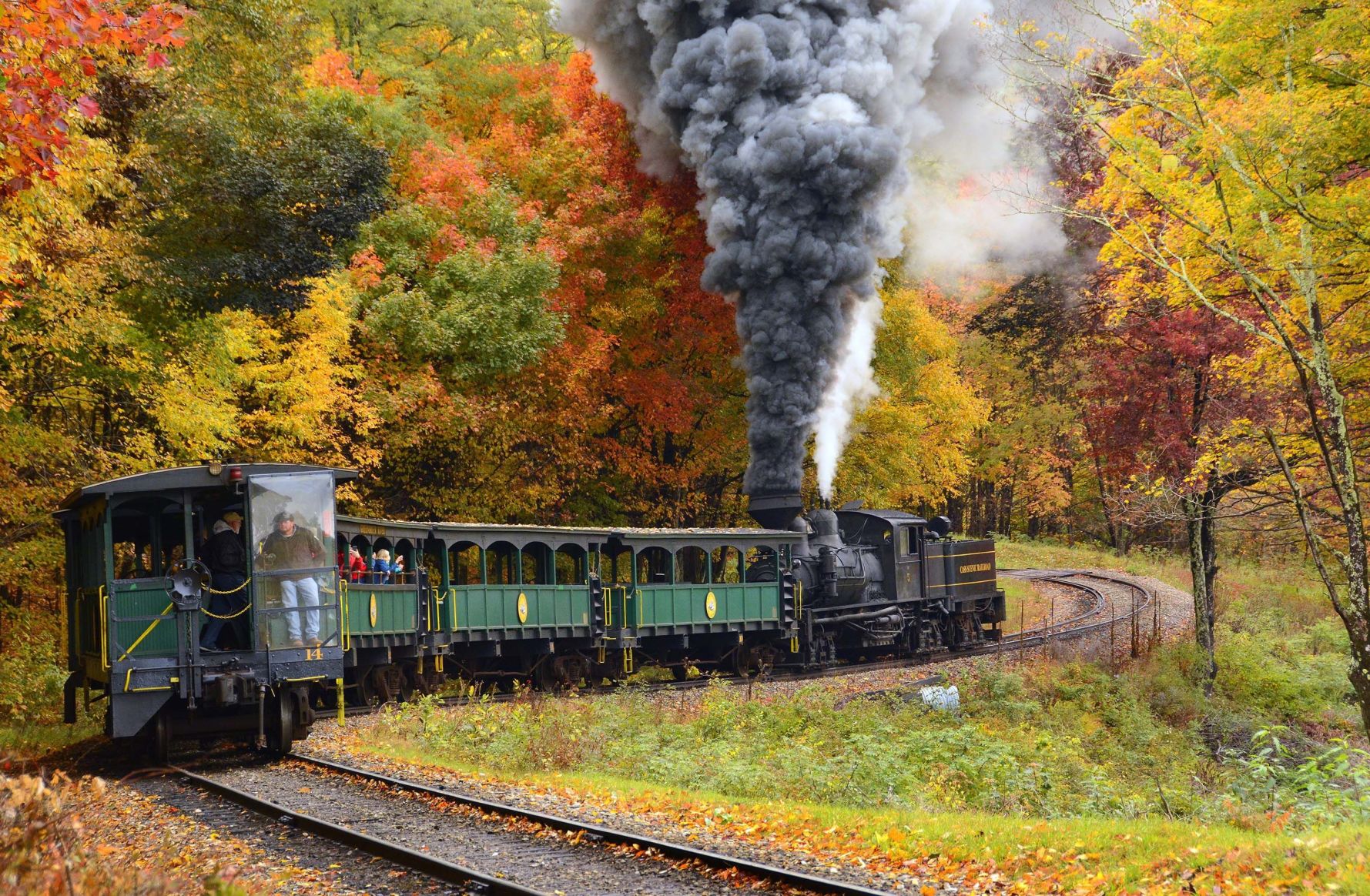It's a respectful discussion, not an argument.
It occurred to me last night I had recently bought a book on railroad engineering. It is Railroad Curves and Earthwork, C. Frank Allen, S. B., member of American Society of Civil Engineers, professor of Railroad Engineering in the Massachusetts Institute of Technology. It is a textbook first published in 1889. I have the seventh edition from 1931.
There is an interesting section on grades. Unfortunately it doesn't directly answer the question at hand. But it describes the process of determining a route to achieve a specified maximum grade by a survey team. I expect the answer is in the surveying speak and it follows established surveying practice for civil engineering.
Chapters go into great detail on curves, easement curves, turnouts, cut and fill planning. It is 290 pages about half of it is tables.
It defines 13 members of the survey team. One is the Axeman responsible for clearing brush on the line being surveyed.
My college roommate was in civil engineering, I remember when he had his surveying course. As an EE, I was into other things. But I remember when he came back from a class one day and told me how you had to include graft and corruption in the cost estimate for a project.
I may try to scan some pages but it is hard bound and may be tricky.





















